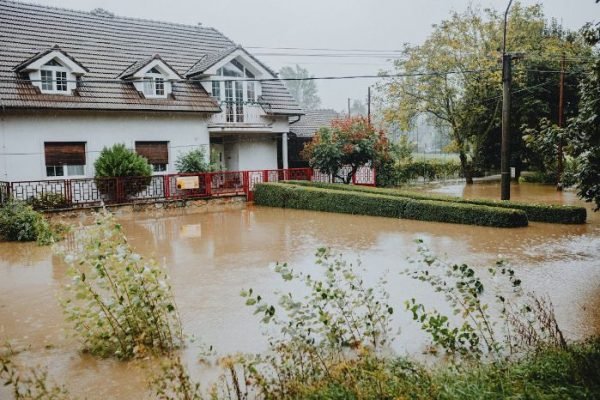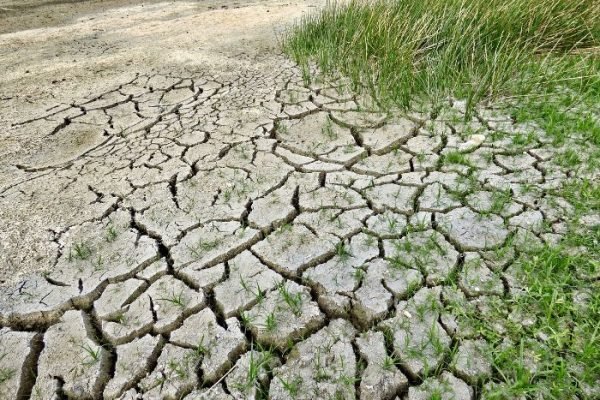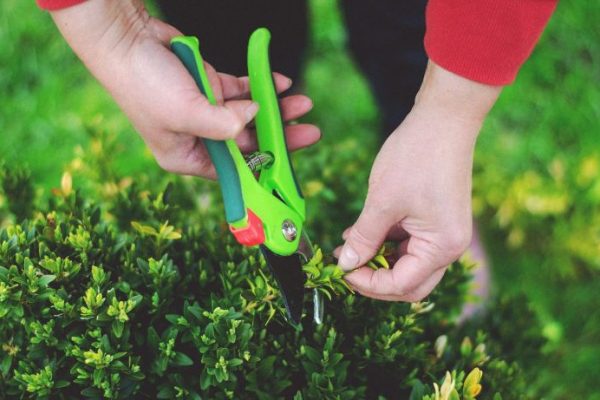
Aphids – Identifying and Controlling These Pervasive Pests
Have you ever wondered how small creatures can harm your plants so much? Aphids are tiny but can cause big problems in gardens. They are very common pests that can hurt your plants a lot if not stopped early. Knowing about aphids helps you control them better. We will look into aphids’ life and how…




















